
Noen ganger kommer man over historier om gamle eiendeler som ikke har sett dagens lys på flere år, som plutselig føres fram gjennom en tilfeldighet. Sakene som blir funnet er verdifulle, både sentimentalt og økonomisk, men det aller mest verdifulle er deres fortellinger. Dette er en slik historie.
Andre verdenskrig hadde nettopp kommet til slutten da den da 13-år gamle tyskeren Ridu Schlattner og hans familie var nødt til å forlate sine hjem i daværende Tsjekkoslovakia, grunnet den massive utkastelsen av etniske tyskere som skjedde i Tsjekkia under krigen. Villaen de flyttet inn i ble bygget på sent 20-tallet av Rudis pappa, men hadde etter krigen blitt hjem til en førskole.

Rudi minnes hvordan hans far hadde gjemt noen familie-eiendeler på loftet før de var nødt til å forlate sitt hjem for å flytte til Tyskland. Han bestemte seg derfor, 83 år gammel, for å reise tilbake til sitt gamle barndomshjem og lete etter sin fars gjemte skatter.
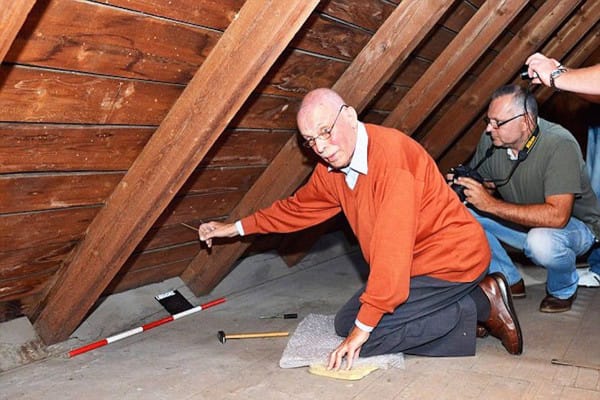
[adsense2]
Etter en stund med å lete fant Rudi et snøre hengende ut fra veggen. Han dro i snøret. Det som da åpenbarte seg var utrolig. Glemte hyller fylt med totalt 70 pakker med eiendeler som Rudis far hadde lykkes å gjemme unna. Til tross for at taket hadde blitt renovert siden sist, hadde gjemmested vært så bra at ingen hadde oppdaget det.


Noen ting var surret inn i brunt papir, mens andre ting som klær, aviser, tavler og til og med ski lå der uten papir. Andre ting som ble funnet på loftet var blant annet en paraply, brevpress, penner og sigaretter, bøker og sy-tilbehør. Alt er dømt til å være i god stand.
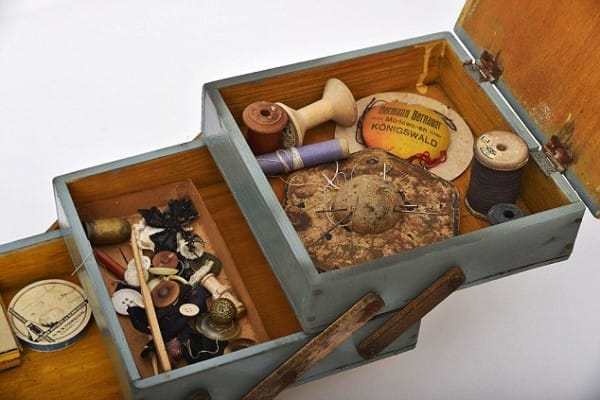
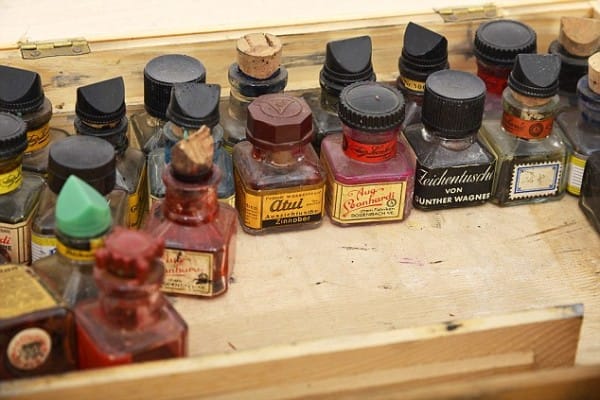

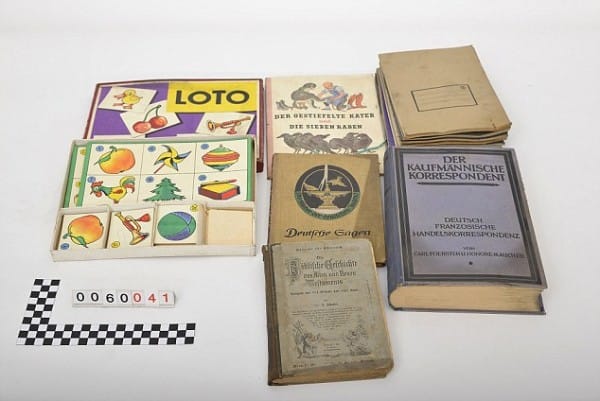
Pakken og deres innhold kommer til å bli stilt ut på et museum i den Tsjekkiske staten Usti nad Labem, ettersom at loven sier at alle tyske eiendeller som ble forlatt etter krigen tilhører staten. På grunn av historien bak Rudis eiendeler bedømmes pakken å ha en historisk betydning.

Til tross for at det enda ikke er bestemt hvilket museum pakken kommer til å havne på, har Rudi akseptert det faktum at han ikke kommer til å få beholde sine ting fra barndommen. Rudi har store problemer med sin helse, men til tross for dette har han også gått med å hjelpe til å identifisere eiendelene.
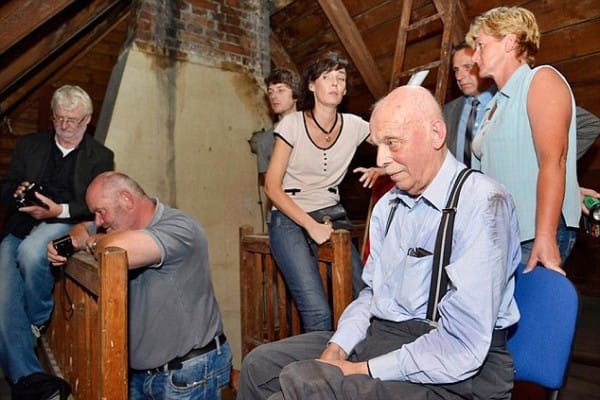
Ting som dette gjør at tiden virkelig stopper opp. Det er utrolig at ingen hadde funnet Rudi sin fars gjemmested på over 70 år, og enda mer utrolig at pakken enda var i god stand. Til tross for at Rudi ikke får beholde sine ting selv, kan kanskje andre ta del i hans historie ved utstillingen. Det håper vi.
DEL denne utrolige historien med vennene dine på Facebook!